Wireless ethernet
IEEE 802.11 is a set of standards for implementing wireless local area network (WLAN) computer communication in the 2.4, 3.6 and 5 GHz frequency bands. They are created and maintained by the IEEE LAN/MAN Standards Committee (IEEE 802). The base version of the standard was released in 1997 and has had subsequent amendments. These standards provide the basis for wireless network products using the Wi-Fi brand.he 802.11 family consist of a series of half-duplex over-the-air modulation techniques that use the same basic protocol. The most popular are those defined by the 802.11b and 802.11g protocols, which are amendments to the original standard. 802.11-1997 was the first wireless networking standard, but 802.11b was the first widely accepted one, followed by 802.11g and 802.11n. 802.11n is a new multi-streaming modulation technique. Other standards in the family (c–f, h, j) are service amendments and extensions or corrections to the previous specifications.
802.11b and 802.11g use the 2.4 GHz ISM band, operating in the United States under Part 15 of the US Federal Communications Commission Rules and Regulations. Because of this choice of frequency band, 802.11b and g equipment may occasionally suffer interference from microwave ovens, cordless telephones and Bluetooth devices. 802.11b and 802.11g control their interference and susceptibility to interference by using direct-sequence spread spectrum (DSSS) and orthogonal frequency-division multiplexing (OFDM) signaling methods, respectively. 802.11a uses the 5 GHz U-NII band, which, for much of the world, offers at least 23 non-overlapping channels rather than the 2.4 GHz ISM frequency band, where adjacent channels overlap - see list of WLAN channels. Better or worse performance with higher or lower frequencies (channels) may be realized, depending on the environment.
802.11b and 802.11g use the 2.4 GHz ISM band, operating in the United States under Part 15 of the US Federal Communications Commission Rules and Regulations. Because of this choice of frequency band, 802.11b and g equipment may occasionally suffer interference from microwave ovens, cordless telephones and Bluetooth devices. 802.11b and 802.11g control their interference and susceptibility to interference by using direct-sequence spread spectrum (DSSS) and orthogonal frequency-division multiplexing (OFDM) signaling methods, respectively. 802.11a uses the 5 GHz U-NII band, which, for much of the world, offers at least 23 non-overlapping channels rather than the 2.4 GHz ISM frequency band, where adjacent channels overlap - see list of WLAN channels. Better or worse performance with higher or lower frequencies (channels) may be realized, depending on the environment.
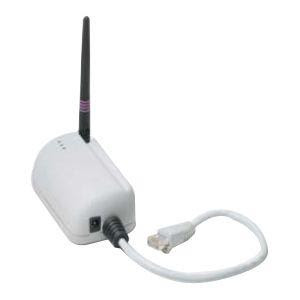
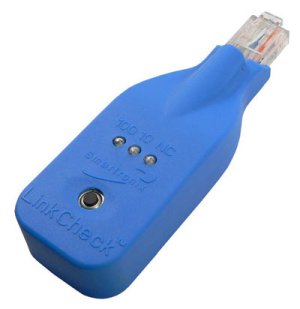

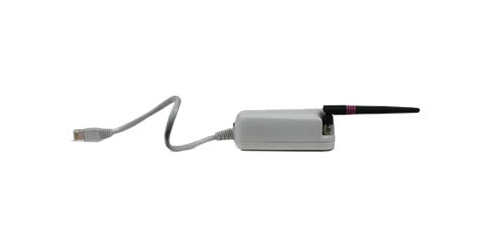


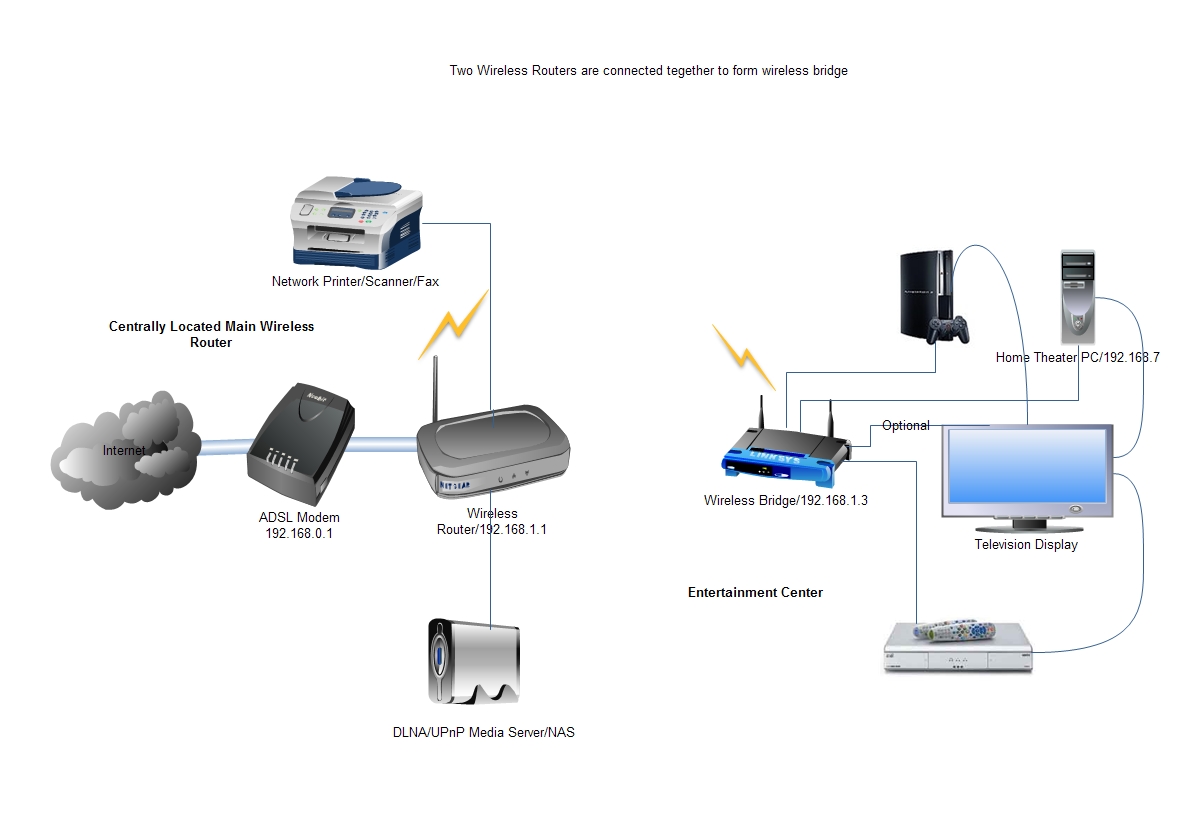
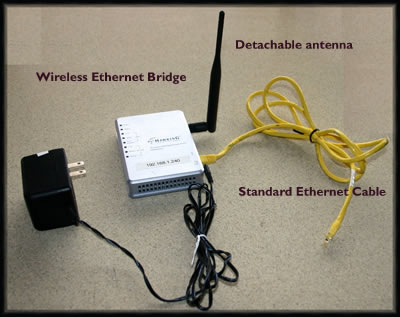








No comments:
Post a Comment